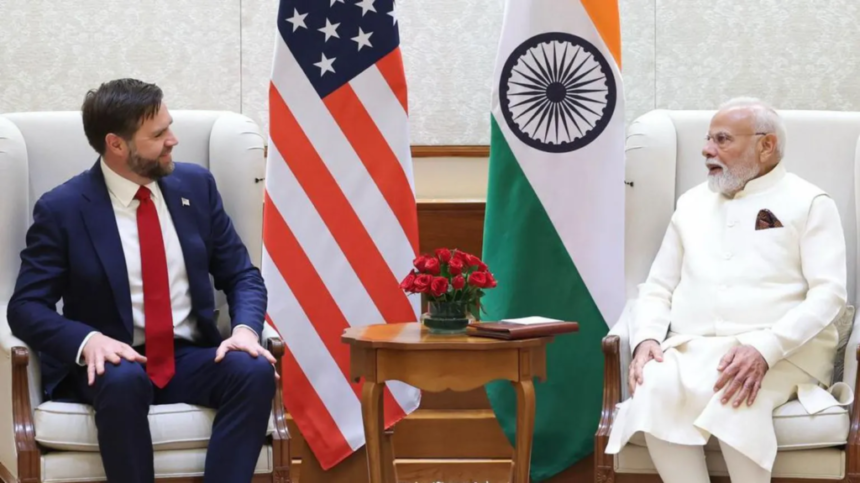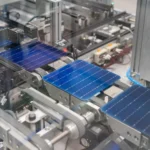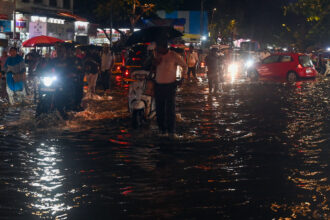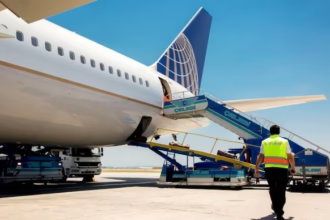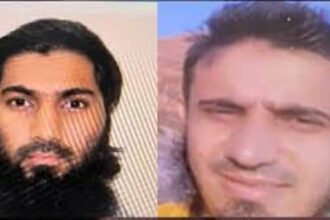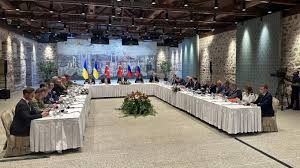India US Trade Deal in Focus During High-Level Delhi Meeting
The India US trade deal moved a step closer as Prime Minister Narendra Modi hosted United States Vice-President JD Vance in New Delhi for key bilateral discussions. The meeting, held just weeks before a major tariff deadline, signals a positive momentum in economic cooperation between the two countries.
“We are committed to mutually beneficial cooperation, including in trade, technology, defence, energy, and people-to-people exchanges,” Modi posted on X after the meeting on Monday evening. The prime minister also hosted Vance and his family for a private dinner at his residence.
US Tariff Pause Expires July 9: Time Is Running Out
The talks come during a 90-day suspension of proposed U.S. tariff hikes announced by President Donald Trump. If no trade deal is finalized by July 9, India could be hit with U.S. tariffs as high as 27% on key exports. The urgency to wrap up the India US trade deal is palpable on both sides.
Trump has criticized India’s tariff policies throughout his administration, branding India as a “tariff king” and accusing it of abusing trade relationships. However, Modi and Trump have shared a strong personal rapport, which may aid the chances of a breakthrough deal.
India Eases Tariffs but Agriculture Remains a Hurdle
India has already reduced tariffs on several U.S. goods in an attempt to ease tensions and meet U.S. demands. But key sticking points remain, particularly in agriculture. Washington seeks greater access to India’s agricultural market, including exports of U.S. corn and soy, while India remains protective of its rural sector.
In a statement following the talks, U.S. Trade Representative Jamieson Greer noted a “serious lack of reciprocity” in the current trade dynamic, highlighting how the India US trade deal still requires substantial negotiation in sensitive sectors.

Expanding Strategic and Technological Cooperation
The leaders also used the meeting to explore broader avenues of cooperation beyond trade. Discussions covered defense partnerships, strategic technologies, and clean energy, all of which are key pillars of the growing Indo-US alliance. India’s participation in the Quad and other Indo-Pacific strategies also remain critical for U.S. foreign policy.
Prime Minister Modi mentioned that he looks forward to welcoming President Trump to India later this year, possibly during the upcoming Quad summit hosted in Delhi.
Vance Family Visit Adds Cultural Depth to Diplomatic Trip
Adding a personal touch to the visit, JD Vance was joined by his wife Usha and their three children. Usha Vance has roots in India, with her parents hailing from Andhra Pradesh. The visit doubled as a cultural journey for the family, as they introduced their children to Indian heritage.
Photos of the children in traditional Indian clothing—boys in kurta-pajamas and their daughter in a lehenga—went viral across Indian media. Prime Minister Modi gifted them peacock feathers, symbolizing cultural hospitality and warmth.
Touring India’s Icons: From Delhi to Jaipur and Agra
Following the diplomatic meetings, the Vance family traveled to Jaipur to visit the historic Amer Fort and will continue on to the Taj Mahal in Agra before concluding their trip. JD Vance is also expected to deliver a keynote address on the future of India-US relations while in Jaipur.
Conclusion: India US Trade Deal Still Within Reach
As the July 9 deadline looms, both Washington and Delhi appear committed to concluding a long-awaited India US trade deal. While differences remain—especially over agriculture and market access—the progress during Vice President Vance’s visit is a promising sign of potential resolution.
Category: International Affairs, Trade & Economics
Tags: India US trade deal, Modi, JD Vance, Donald Trump, tariffs, bilateral relations, US India negotiations, Quad summit, US-India cooperation, trade war


